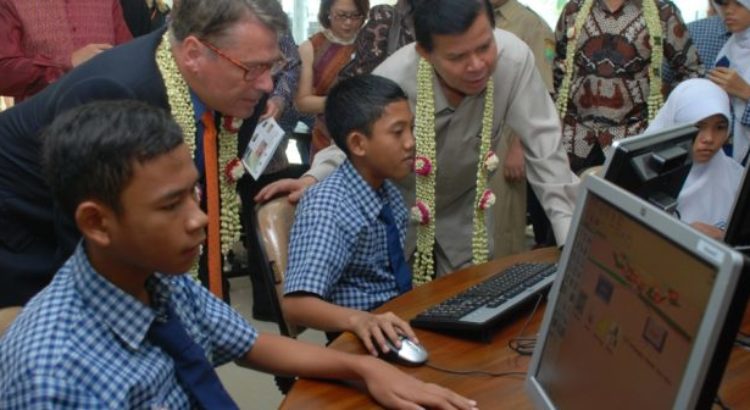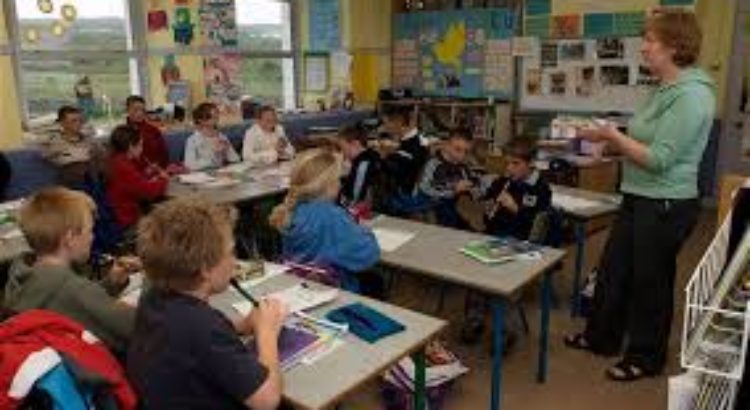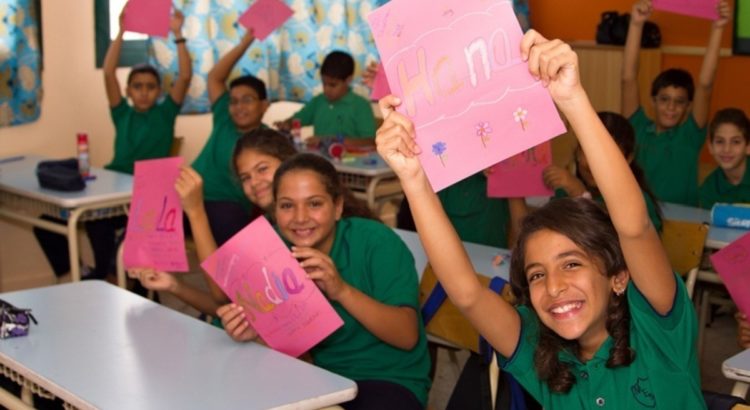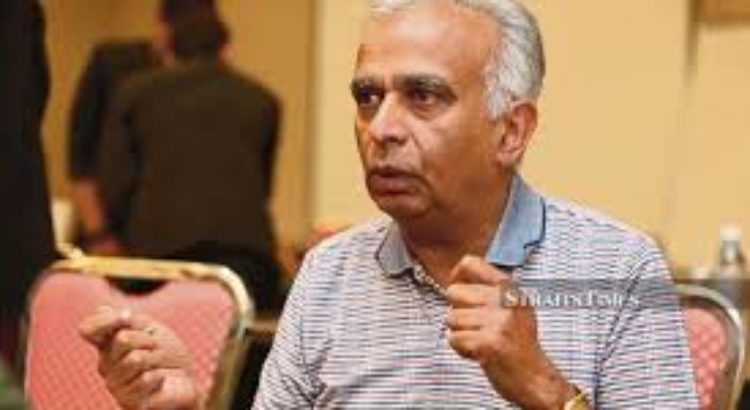Por:
Conocida por su controvertido trabajo como educadora y humanista, Maria Montessori revolucionó los métodos pedagógicos de principios del siglo XX. Fue, además, una brillante científica, psiquiatra, filósofa, antropóloga, bióloga, psicóloga y feminista, y una de las primeras mujeres de la historia en doctorarse como médico en Italia.
Maria Tecla Artemisia Montessori nace en la pequeña localidad de Chiaravalle (Italia) el 31 de agosto de 1870. Hija de un estricto militar, crece en una familia burguesa católica regida por normas. A pesar de la oposición inicial de su padre, Maria evidencia una vocación de estudiar ingeniería, para lo que realiza el bachillerato tecnológico a los 14 años, pero luego se instruye en biología y posteriormente llega a ser aceptada en la Facultad de Medicina de la Universidad de Roma, donde en 1896 se graduará como médica. A menudo se cita a Maria Montessori como la primera mujer que obtuvo este título en Italia, pero lo cierto es que, ya en 1887, Ernestina Paper se graduó en Medicina en Florencia y comenzó a ejercer en 1878.
Entre 1898 y 1900, siendo ayudante de la cátedra de psiquiatría, Montessori trabaja por primera vez con niños con algún tipo de trastorno mental, reconociendo el potencial de éstos si son estimulados correctamente. Se marca como reto transformar y cultivar a aquellos niños “in-educables” y que aparentemente representan una carga para la sociedad. Es cuando en Roma dirige la Scuola Magistrale Ortofrenica, donde logra que una clase entera de niños con deficiencias mentales alcance notas por encima de la media en los exámenes oficiales de lectura y escritura. En aquellos años, también ejerce de profesora de higiene en la Escuela Femenina de Magisterio y enseña antropología en la Universidad de Roma.
Influenciada por los médicos franceses Jean Itard y Eduardo Séguin, Montessori reivindica la observación en los niños y entiende que, lejos de imponerles nada, se les debe proveer de ejercicios y materiales para ayudarles a desarrollar sus facultades. Cree firmemente en una educación basada en la libertad con responsabilidad, con límites y estructuras, pero fundamentada en la empatía. Como filósofa, a Montessori le inspira la idea de formar un nuevo ser humano, para así dar lugar a una nueva sociedad fundamentada en el amor y el respeto. La humanista cree que es posible alcanzar y mantener la paz en el mundo si se logra el pleno desarrollo del niño.
El niño, guiado por un maestro interior trabaja infatigablemente con alegría para construir al hombre. Nosotros, educadores, solo podemos ayudar… Así daremos testimonio del nacimiento del hombre nuevo.
En 1907 Montessori abre en el popular barrio romano de San Lorenzo su primera Casa dei Bambini, donde pone a prueba su particular sistema educativo. A pesar de las dudas que genera, especialmente a principios de los años 30 y 40, el método Montessori –basado en el sistema del pedagogo alemán Friedrich Fröbel, que promovía la independencia del niño en la exploración y el proceso de aprendizaje—, acabará siendo aplicado con éxito internacionalmente (a día de hoy, su sistema está implantado en más de 8.000 escuelas privadas y públicas). La libertad y la autodisciplina que promulga, hacen posible que cada niño encuentre actividades que dan respuesta a sus necesidades educativas.

Pionera de los movimientos feminista y pacifista, el trabajo pedagógico al que Montessori dedica su vida será galardonado con la Legión de Honor de Francia, así como con la condecoración honoris causa de la Universidad de Ámsterdam. Además, la educadora es propuesta tres veces para el Nobel de la Paz. Cuando el 6 de mayo de 1952, María fallece en Holanda a los 82 años, establece que en su tumba se grabe un singular epitafio que integra su visión educativa y nos invita a sumarnos a su causa:
Ruego a los queridos niños que todo lo pueden, se unan a mí para la construcción de la paz entre los hombres y en el mundo.
*Fuente: http://freedamedia.es/2018/12/26/maria-montessori-la-mujer-que-revoluciono-el-sistema-educativo/















 Users Today : 14
Users Today : 14 Total Users : 35460367
Total Users : 35460367 Views Today : 20
Views Today : 20 Total views : 3419120
Total views : 3419120